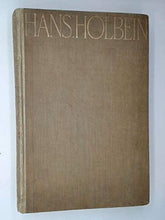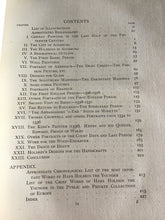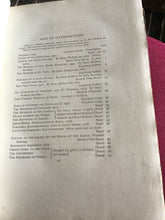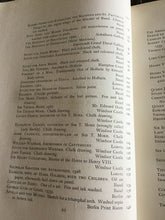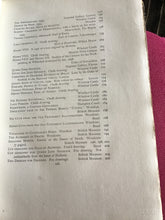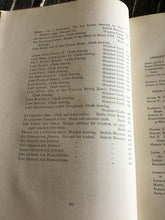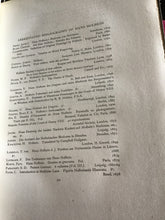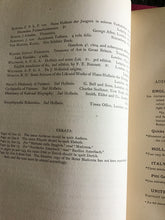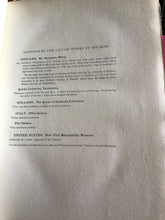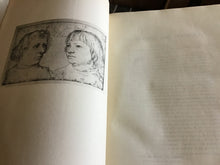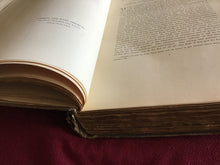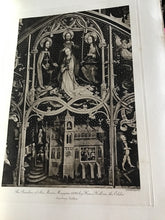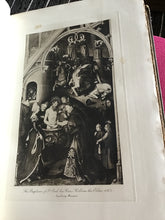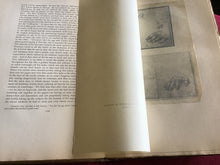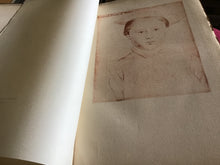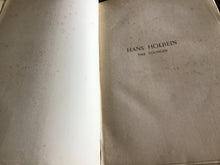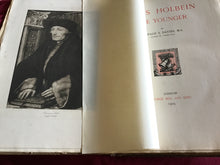
Item Condition: Collectible; Good
Hans Holbein the Younger, born in Augsburg in 1497 and died in London in 1543, was a key figure in German painting during the late 15th and early 16th centuries. This period marked the peak of German art, featuring notable artists like Albrecht Dürer and Hans Holbein the Elder. German painting of this era is known for its seriousness and precision, contrasting with the grace of Italian masters. Holbein’s work reflects the strong, patient character of his culture, earning lasting respect among art scholars.
The images and text are very good. There's wear to the edges of the pages. Marks and wear to the cover. The spine is still good and strong and the pages are held in. There are 2 additional drawings in the book, added by a previous owner by Holbein. 1 - Of John More, Son of Sir Thomas More - Windsor Castle. 2.Edward, Prince of Wales - Windsor Castle. I am not sure where these additional sketches are from there are just within the cover no fixed to the book.

















